Here's a comprehensive overview of the key concepts related to service level agreements (SLAs), service level objectives (SLOs), and service level indicators (SLIs) in the context of Palzin Monitor.
An SLA is a contractual agreement between a client and a service provider, outlining the provider's commitments regarding the performance and functionality of their software or service. It typically includes specific targets, such as monthly uptime or response time, and may specify the consequences of failing to meet these targets.
The structure of an SLA often includes the following sections:
It's important to note that SLAs can vary in complexity and content, depending on the specific service and agreement between the parties involved.
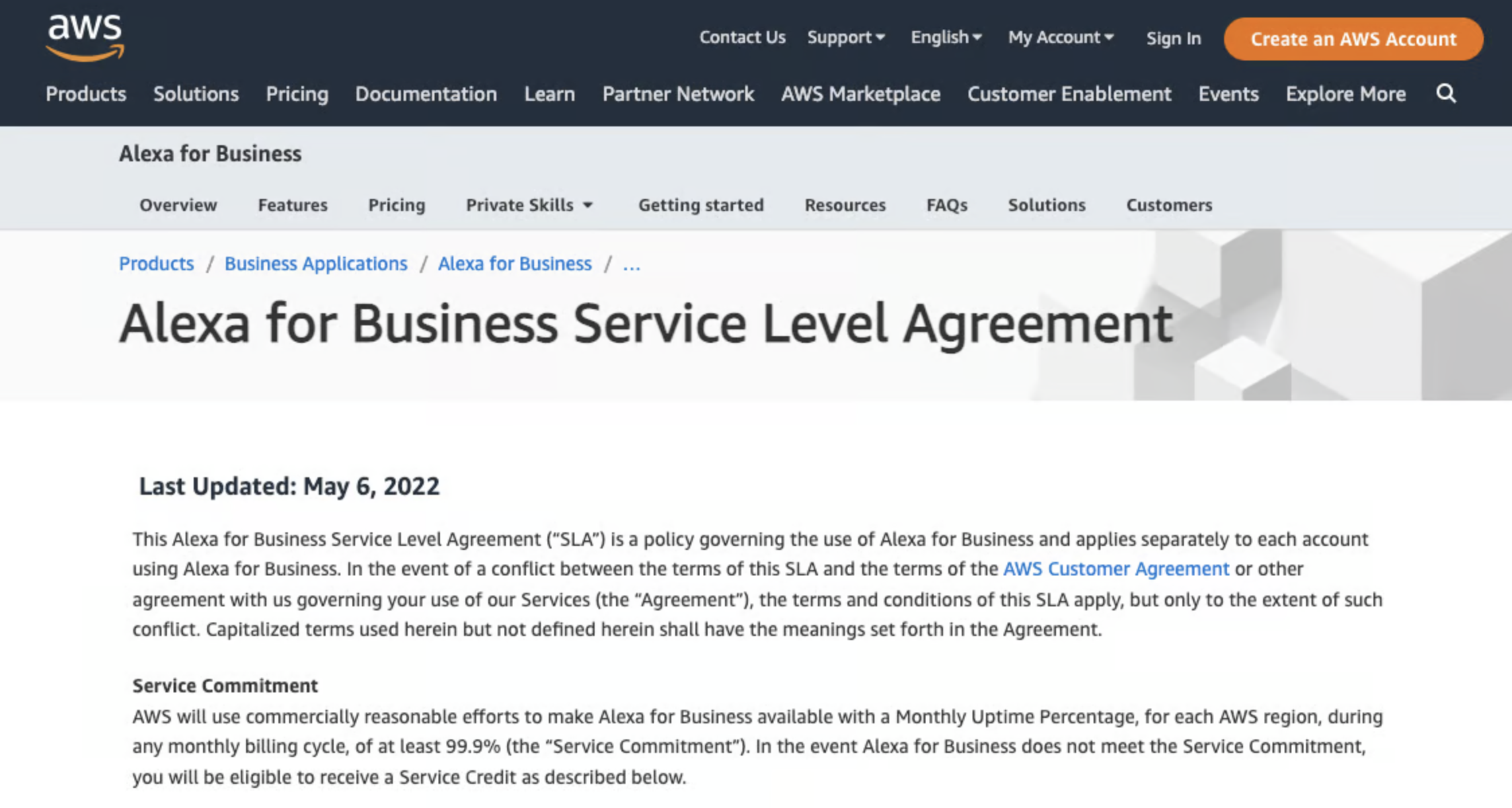
An SLO is a specific goal or target set within an SLA. It defines what the service provider aims to achieve and measure in terms of performance or quality. Common SLOs include uptime percentages, response times, or error rates.
SLOs need to be well-defined and explicit to ensure clarity and avoid misinterpretation. For example, defining downtime should encompass various scenarios, such as complete unavailability or significant performance degradation.
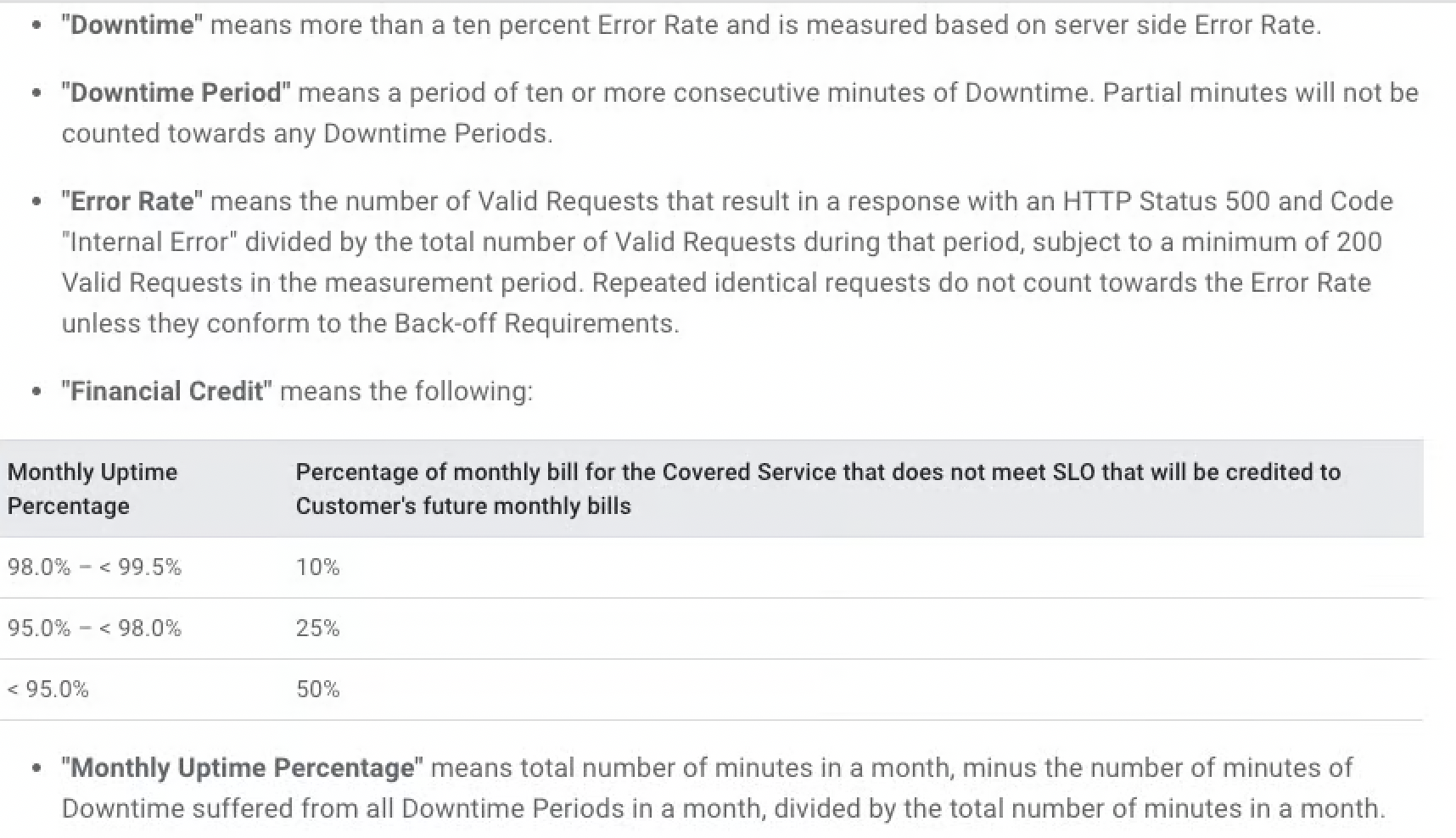
An SLI represents the actual measurement or indicator used to assess the fulfillment of an SLO. It quantifies the performance or quality of a specific aspect of the service. SLIs are often measured over a given period, such as monthly or weekly.
For example, an SLI for uptime could be the percentage of time the service was available within a particular month. By monitoring SLIs, service providers can track their performance and identify areas for improvement.
When working with SLAs, SLOs, and SLIs, there are some challenges to consider:
Adequate Specification of SLOs: SLOs should be precisely defined to avoid ambiguity and ensure everyone's understanding of the expected performance targets.
Collaboration and Input: Developing SLAs requires collaboration among various teams, including legal, sales, procurement, and technical teams. It's crucial to involve all relevant stakeholders and prioritize the needs of end-users.
Clear Language and Definitions: SLAs benefit from clear and concise language, as well as well-defined objectives. Defining terms like uptime, downtime, and error rates precisely contributes to a more effective agreement.
By understanding and effectively implementing SLAs, SLOs, and SLIs, you can establish clear expectations, measure performance, and ensure the quality of the services provided by Palzin Monitor.
🔭 Want to ensure SLA compliance from your service providers? Try Palzin Monitor for hassle-free monitoring in just 2 minutes.
"No, it’s not always necessary. While certain enterprise-level software applications may provide SLAs, many commonly-used apps do not. Your stance on the necessity of an SLA is likely determined by your perspective:
The question of whether having a service level agreement (SLA) is necessary may vary depending on your perspective. Here, we explore the perspectives of both service providers and buyers in relation to Palzin Monitor.
For service providers, the decision to offer an SLA is often influenced by the type of customers they serve. Larger clients, particularly enterprises and some small to medium-sized businesses (SMBs), typically require an SLA as part of their procurement guidelines. This means that offering an SLA becomes essential to attract and retain these customers and stay competitive in the market.
However, it's important to note that not all software purchases within enterprises necessitate an SLA. Smaller deals, typically made using a corporate card and involving lower annual spend (under $1000 per year), can be completed without an SLA. Therefore, the necessity of an SLA for service providers may depend on the size and requirements of their target customers.
If you're a service provider selling to larger clients or aiming to expand your customer base, offering an SLA can be crucial. Palzin Monitor can assist in showcasing your SLA compliance by providing easy-to-use tools for generating public or private status pages for your clients within just 2 minutes.
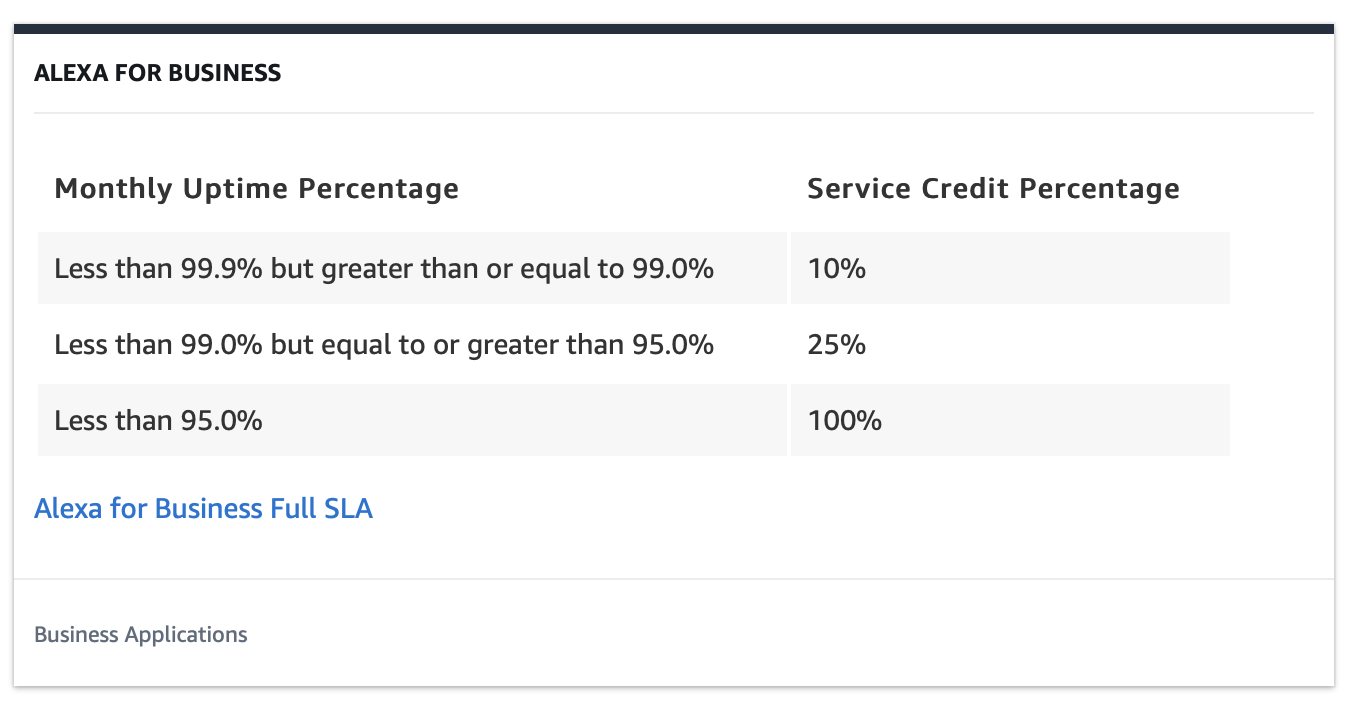
From a buyer's perspective, the decision to pursue an SLA should be carefully considered. While SLAs may seem attractive due to the penalties section, there are additional factors to take into account. Implementing an SLA typically requires input from various teams within the buyer's organization, such as DevOps, legal, and finance, to assess its effectiveness.
Moreover, deals involving SLAs often entail a longer sales process compared to standard self-service purchases. While SLAs offer penalty benefits, they shouldn't be the sole determinant when selecting a service provider. Reliability and the quality of service provided should also be considered. Checking a vendor's historical reliability on their status page, like the example at status.slack.com, can provide insights into their performance.
SLAs can offer significant advantages, particularly for buyers seeking bulk purchases, long-term engagements, or when dealing with unfamiliar vendors. They provide assurance and establish a clear framework of expectations with the service provider. However, the decision to have an SLA, or to negotiate for better terms within an SLA, often depends on cost considerations and requires careful evaluation by the buyer's team on a case-by-case basis.
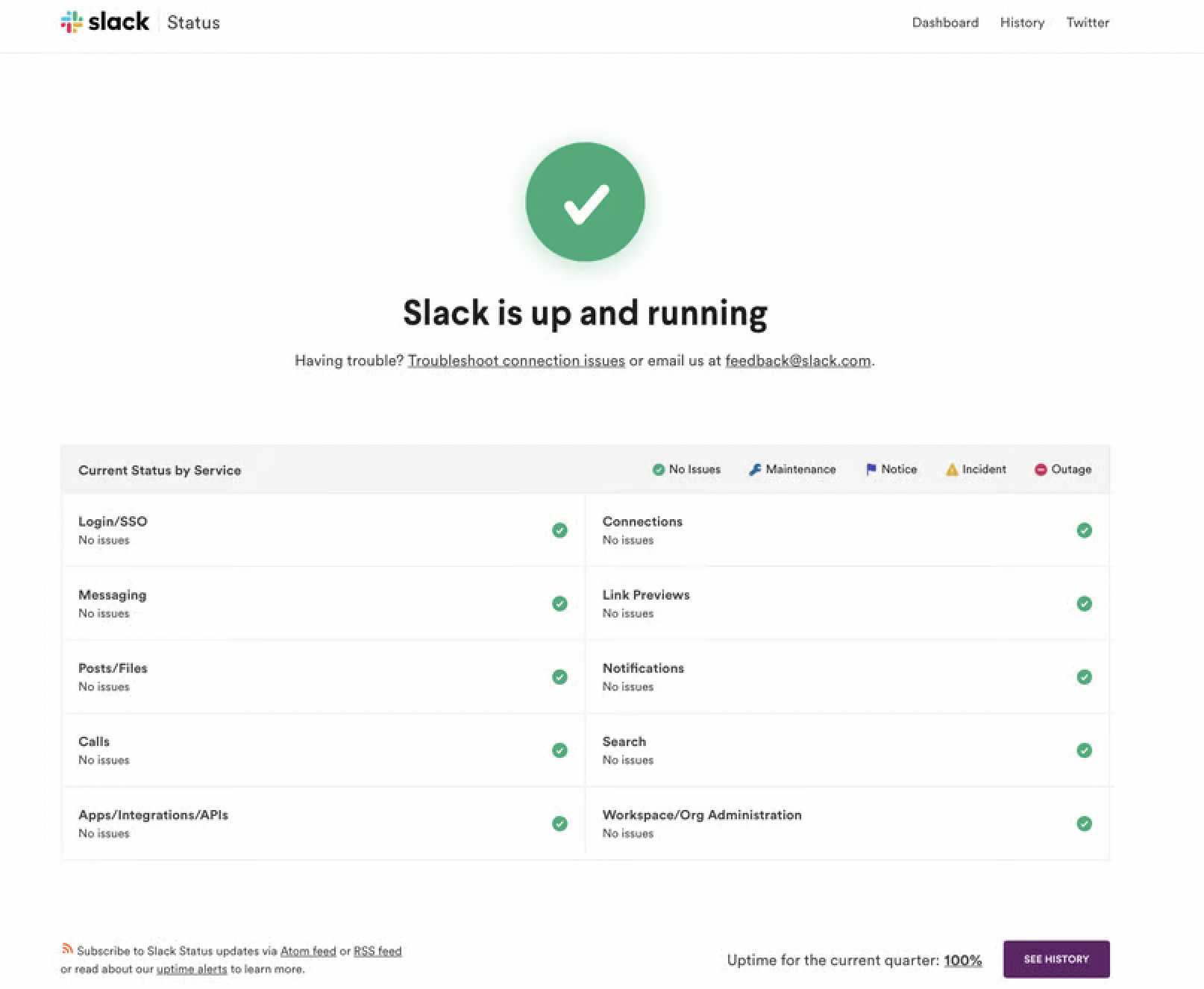
💫 Looking to showcase your SLA compliance? Visit Palzin Monitor to easily generate a public or private status page for your clients within just 2 minutes.
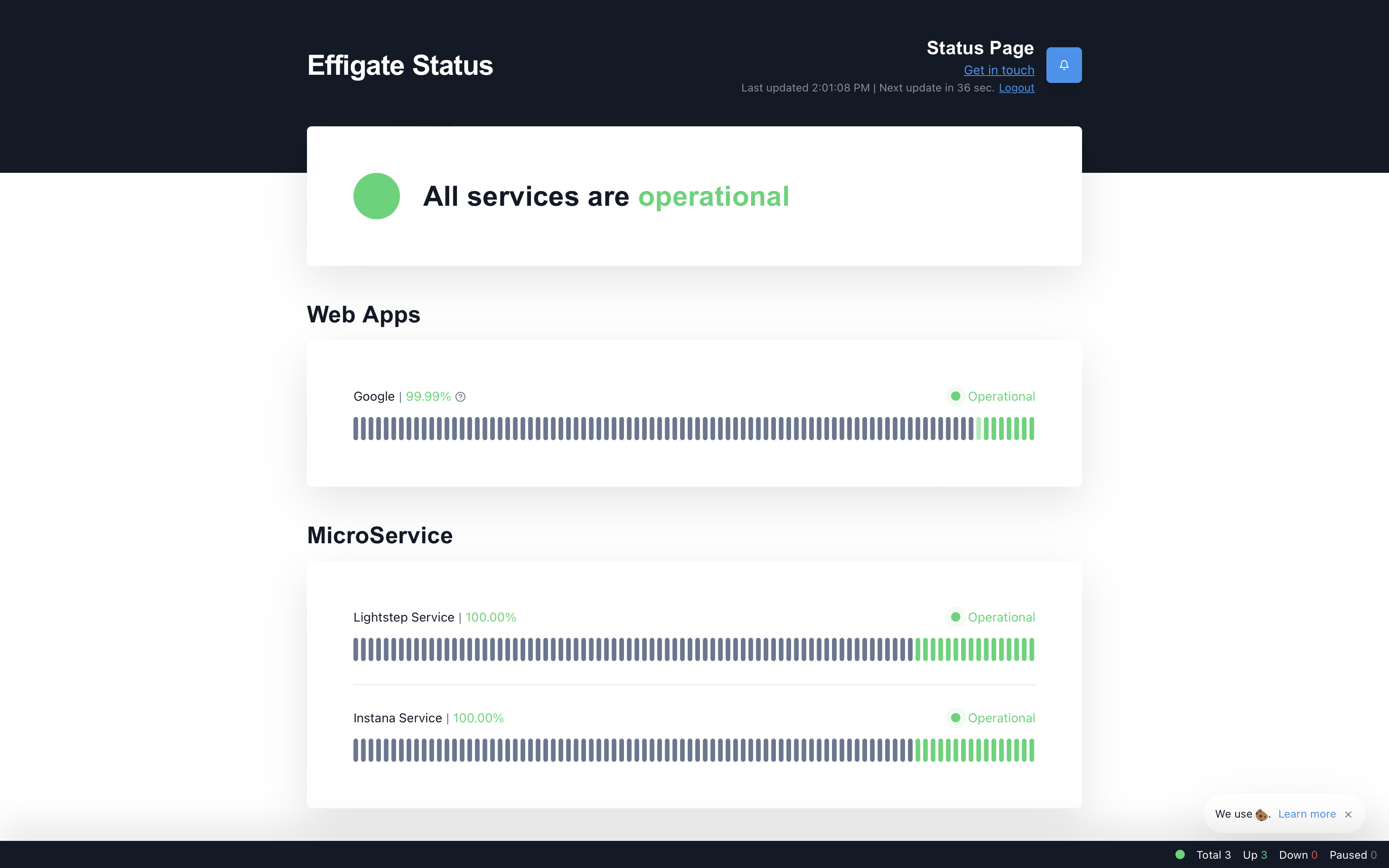
Crafting a comprehensive and customer-focused service level agreement (SLA) is essential for Palzin Monitor. Whether you're creating a new agreement or updating an existing one, consider the following tips:
When composing an SLA, it's crucial to empathize with customer pain points. Instead of using technical jargon, focus on assuring customers about what matters most to them. Simplify complex backend processes into straightforward metrics and outcomes that customers can easily understand. This approach not only enhances clarity for customers but also streamlines the responsibilities of your development team.
Opt for plain and accessible language to improve the readability and comprehension of your SLA. By avoiding unnecessary complexity, you minimize the potential for customer misinterpretations and ensure clear communication.
Exclude unnecessary metrics that are irrelevant to customers, even if they can be measured. Customers typically require only a few key metrics to assess the performance of the service. By focusing on the most important metrics, you streamline the SLA and make it more meaningful to customers.
When setting service level objectives (SLOs), it's important to be practical and realistic. While aiming for 99.99% uptime may be technically possible, allowing for a larger error budget is preferable. This approach reduces the pressure on the development team and minimizes the risk of failing to meet SLA obligations. Striving to exceed customer expectations by promising less and delivering more is a winning strategy for SLAs.
It's essential to consider external factors that may impact SLA performance metrics. For example, if an SLA mandates a specific response time for customer queries, clearly define scenarios where additional debugging information from the customer may be necessary. This ensures transparency and sets customer expectations about circumstances beyond your control that may affect response times and other performance metrics outlined in the SLA.
You can also utilize our SLA Calculator to calculate SLAs and determine the appropriate metrics based on desired availability levels.
Remember, creating an excellent SLA requires careful consideration of customer needs, effective communication through plain language, focusing on relevant metrics, being realistic with SLIs, and accounting for external factors.
💫 Enhance your SLA management with Palzin Monitor. Visit Palzin Monitor to streamline your monitoring processes and ensure exceptional service quality for your clients.
It refers to the highest possible duration of service interruption that won't lead to contractual repercussions, as specified in the SLA. For instance, a 99.99% monthly uptime SLA allows for an error budget of precisely 4 minutes and 22 seconds. Check out the availability chart to learn more about error budgets corresponding to various availability levels.
You can also use our SLA Calculator to calculate SLA's.
Thanks for reading, and happy monitoring!
We notify you when your website experiences downtime
Stay informed with a comprehensive infrastructure monitoring platform
Check Uptime, Ping, Ports, SSL, and more.
Receive incident alerts via Slack, SMS, and phone.
Easily schedule on-call duties.
Create a free status page on your own domain.
It takes less than a minutes to setup your first monitoring.